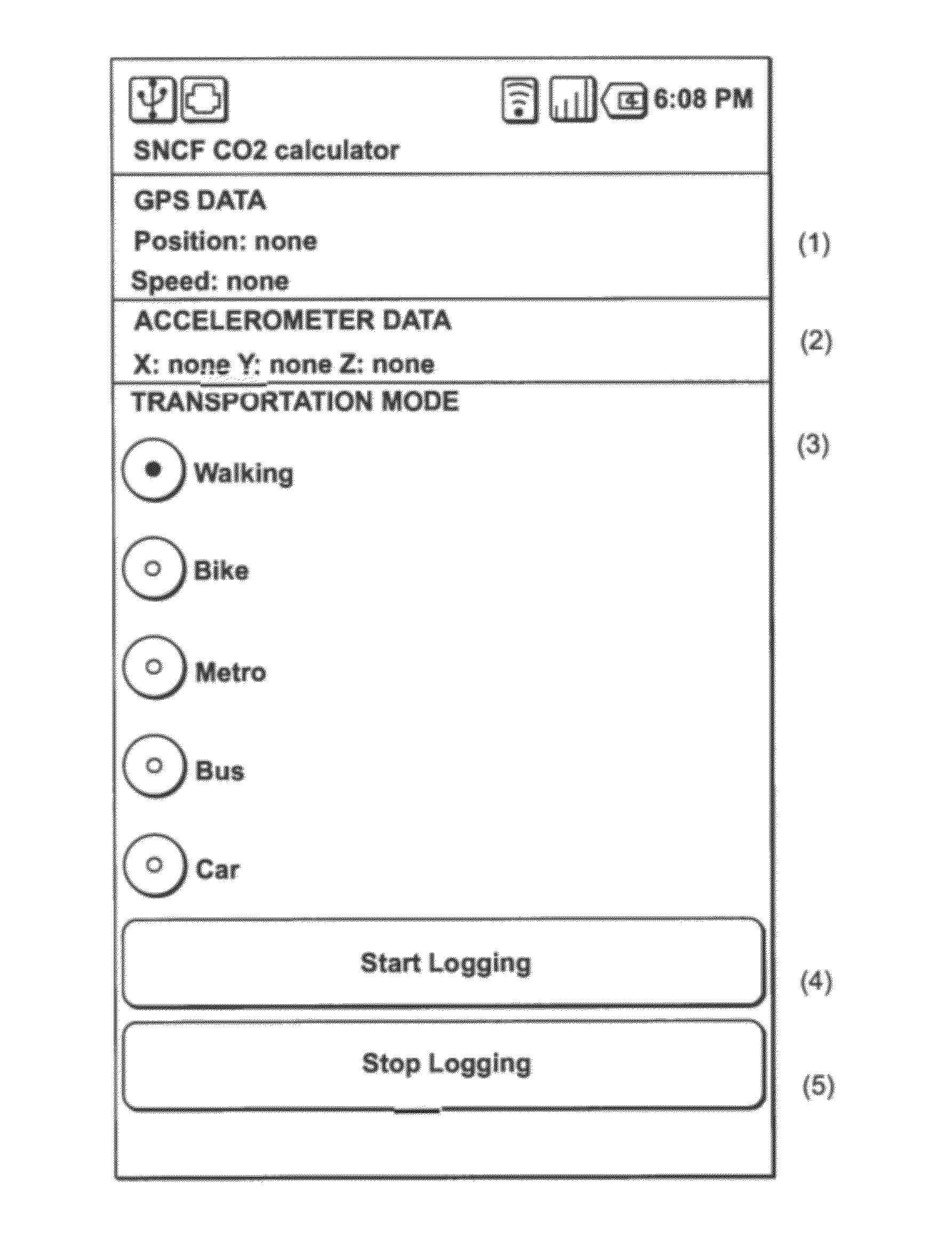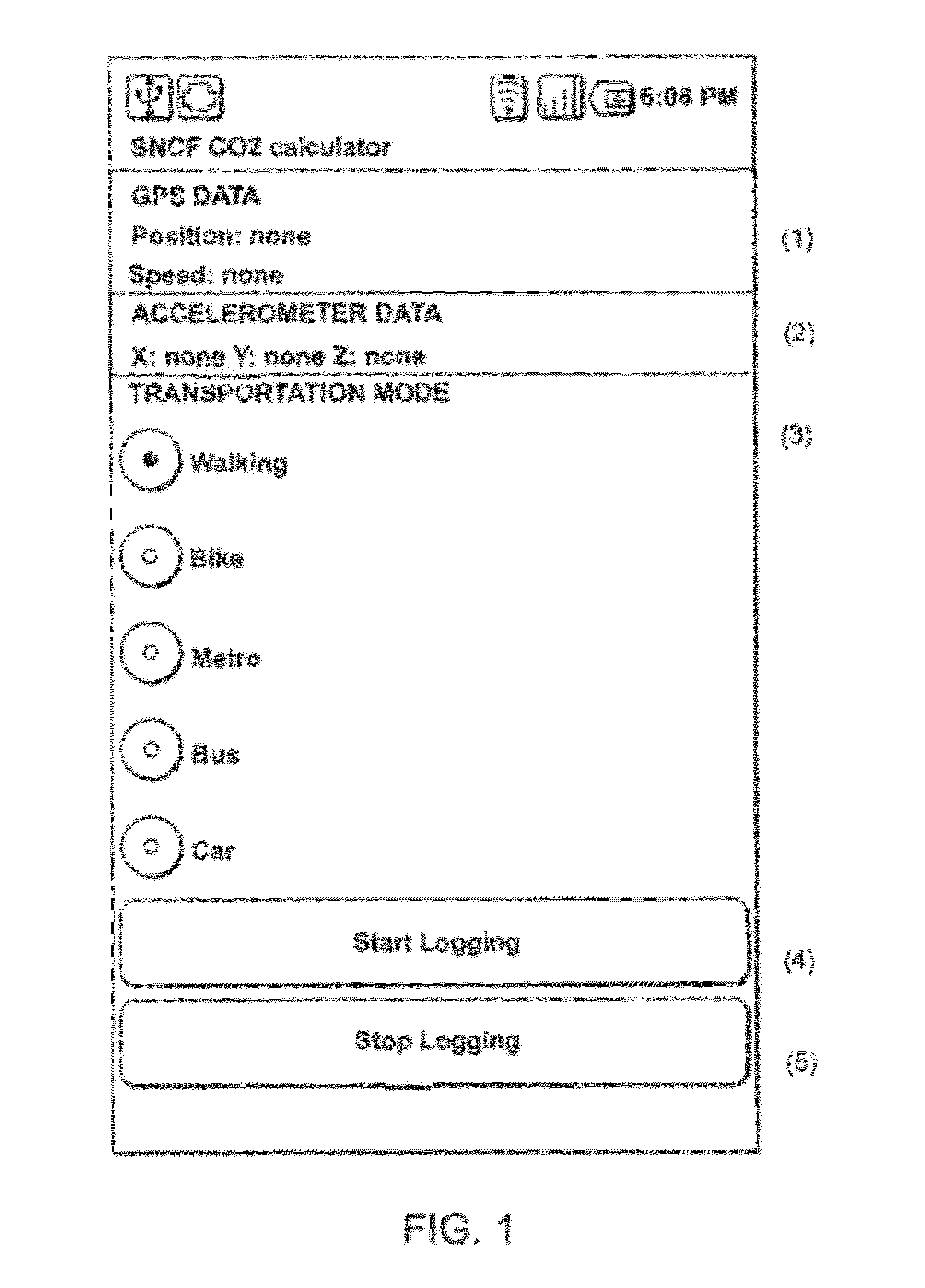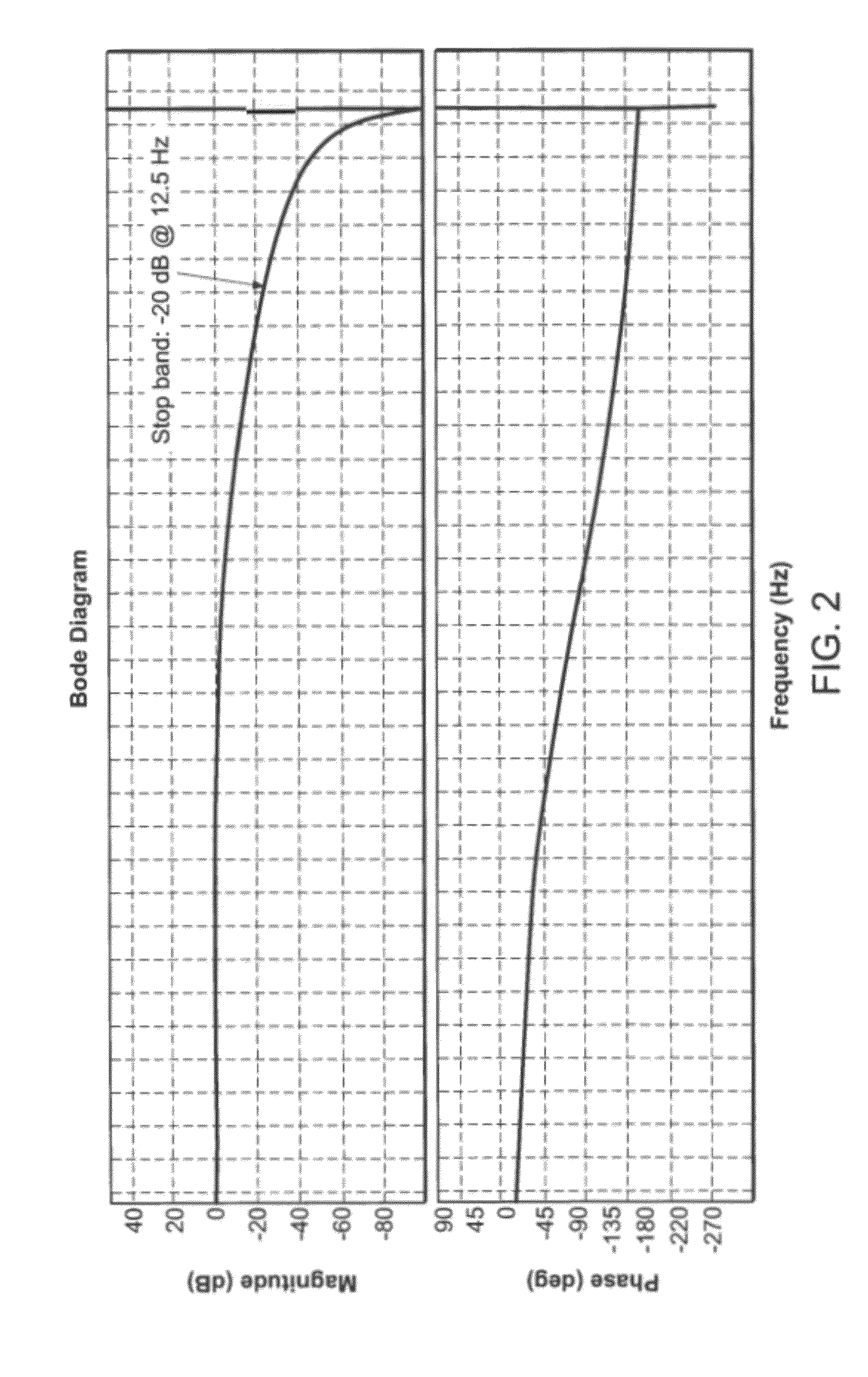System for determining co2 emissions
a co2 emission and system technology, applied in the field of smart transportation, can solve the problems accessibility, and achieve the effects of limiting battery consumption, and limiting the size of deploymen
- Summary
- Abstract
- Description
- Claims
- Application Information
AI Technical Summary
Benefits of technology
Problems solved by technology
Method used
Image
Examples
Embodiment Construction
[0023]A description of the CO2O application is provided here, with each element of its development examined in detail. The first section describes the algorithm for the automatic identification of the transportation mode, which consists of two further sub-sections. First, the signals acquired from the accelerometers and GPS are pre-processed and combined with digital maps to extract the characteristic features. Then, a supervised machine learning algorithm based on the Functional Trees is applied to the features computed. The second section provides information as to the distance computation and battery savings strategy.
[0024]The CO2GO application may be implemented on any mobile phone provided it has an accelerometer and a GPS receiver. The digital map can be integrated inside the application or can be queried using web services (in our implementation we used OpenStreetMapx-API). For the algorithm design and testing, a development phone was chosen: a Google Nexus One with the Googl...
PUM
 Login to View More
Login to View More Abstract
Description
Claims
Application Information
 Login to View More
Login to View More - R&D
- Intellectual Property
- Life Sciences
- Materials
- Tech Scout
- Unparalleled Data Quality
- Higher Quality Content
- 60% Fewer Hallucinations
Browse by: Latest US Patents, China's latest patents, Technical Efficacy Thesaurus, Application Domain, Technology Topic, Popular Technical Reports.
© 2025 PatSnap. All rights reserved.Legal|Privacy policy|Modern Slavery Act Transparency Statement|Sitemap|About US| Contact US: help@patsnap.com



